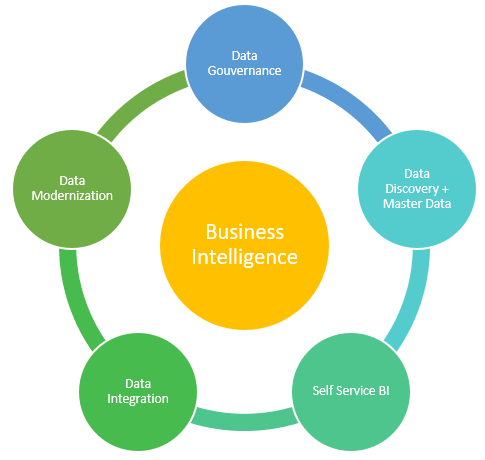How Hyper-automaton is changing the digital landscape?
In the past two years, the shift from the workplace to the home office has led to increasing demands for artificial intelligence (AI) and automation in our daily life. Hyperautomation is a term that keeps coming up while discussing digitalization processes in businesses. For some, this is simply a detailed kind of process optimization, whereas hyperautomation is the key for the long term success for others.
The term hyperautomation goes back to the market research company Gartner. It refers to a well-founded methodology and a disciplined approach that organizations use to automate as many business and IT processes as possible. This technique uses a variety of technologies to speed up the automation of complicated business processes; in essence, businesses are attempting to maximize the efficiency of available digital opportunities and advance their Process Excellence initiatives.

Hyper-automation has gained popularity over the previous 18 months, which is not surprising. The industry has adopted a somewhat hopeful attitude toward the development in light of Gartner’s identification of hyper-automation as one of the main strategic technology trends and its prediction of significant progress in years to come.
It’s true that hyper-automation opens up many opportunities for companies, especially when it comes to process improvement initiatives, lower operational expenses, fewer mistakes, and better outcomes, such as higher customer satisfaction through tailored customer experiences. Although it may seem thrilling and promising, the implementation is always the most difficult part. Because hyperautomation only functions as a holistic approach, you need to develop a sustainable and long-term plan before you start implementing it in your business. Organizations must also deploy the effective automation tools & techniques that form the strong foundation of hyper-automation.
Organizations run the risk of failing on these initiatives if they don’t take essential and key steps to understand the potential of automation as well as its capacity to generate ROI through increased productivity and cost reductions. In order to automate at such a high degree, businesses must first digitize widely.
While hyper-automation remains a concept, technologies such as robotic processing automation (RPA) are being deployed to create more dynamic industrialization and promote seamless collaboration between humans and bots. Plus many pure RPA applications can be implemented as small islands in the company almost overnight. Because it enables businesses to enhance their workflows and use AI-based automation, RPA will continue to be a key instrument for the digitization.
For example, an RPA process discovery platform can be used to automatically identify work processes that are suitable for automation. “Automating automation” is an crucial step to achieve scalability, as only 8 percent of automation projects reach more than 50 bots. Hyper-automation at scale is impossible without RPA.
According to Forrester, return on investment (ROI) in the form of both cost and time savings is expected to boost the market for RPA software from $13.9 billion to $22 billion by 2025. “Hyperautomation has shifted from an option to a condition of survival”, says research vice president at Gartner. While advances in hyper-automation will no doubt continue to evolve, RPA will help leverage this technology—ultimately “to automate automation”—and support the longer-term goal of hyper-automation.

